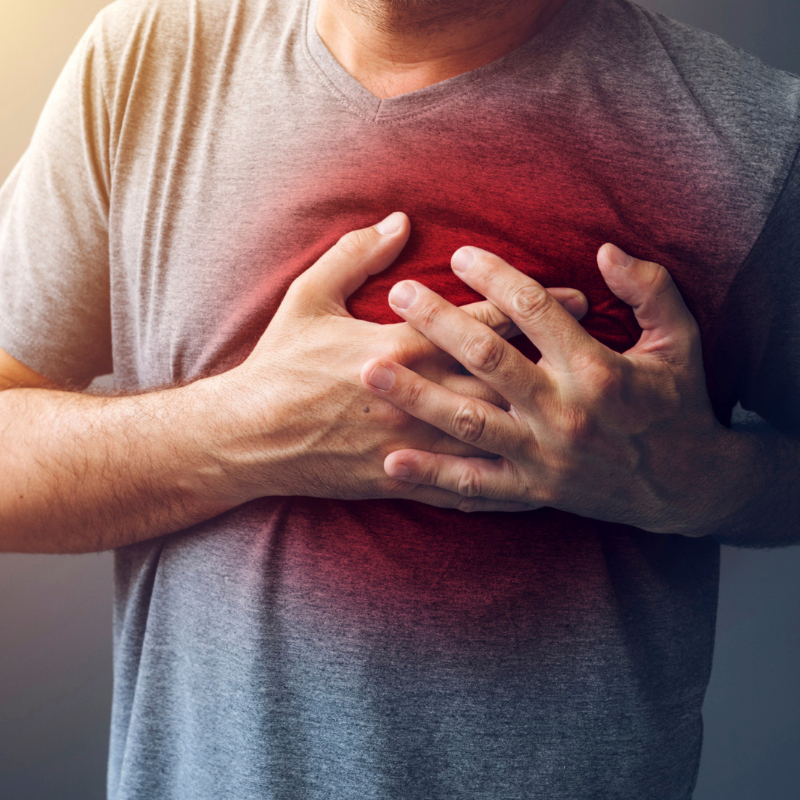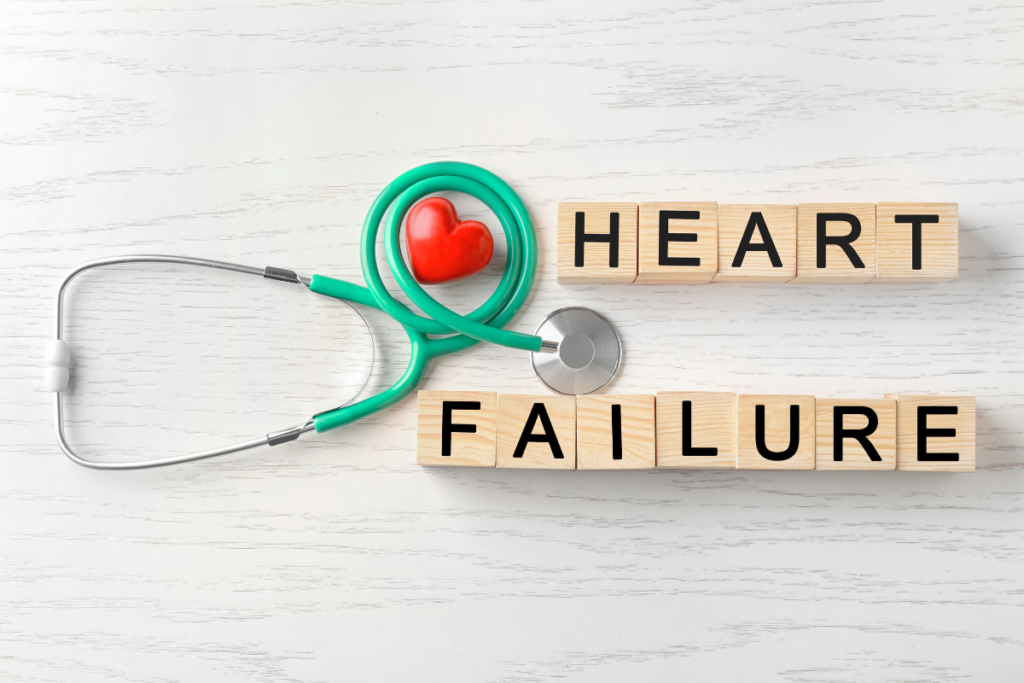Nitrovasodilators

Nitrovasodilators are a type of medicine used to widen the blood vessels. Nitroglycerine (glyceryl trinitrate) was found by an Italian scientist Ascanio Sobrero back in 1847 who noticed that this chemical causes a headache. Alfred Nobel heard about this substance and made dynamite which was a big success, but due to destruction it caused in military use, he founded the Nobel Prize to pay back the humankind for the damage he had caused. In Nobel’s dynamite factories, the antianginal effect of nitroglycerine was firstly found, but only in 1970’ the real mechanism of action for vasodilating effects of nitroglycerine was discovered. An interesting fact is that after Nobel got ill with heart disease, he refused to take nitroglycerine, prescribed by his doctor. A number of nitrovasodilators were discovered since then.
Vasodilation
Coronary circulation resembles the circulation of blood vessels which supply the myocardium (the heart muscle). Blood vessels that supply the heart with oxygen-rich blood are called coronary arteries, and those that are removing the oxygen-depleted blood are called coronary veins. Coronary arteries can maintain the circulation to heart’s needs as long as they’re healthy, but those relatively narrow blood vessels can commonly get affected by atherosclerosis leading to angina or even a heart attack.
Vasodilation is a process of widening of blood vessels, as opposed to vasoconstriction which causes their narrowing. It could be intrinsic, due to processes in surrounding tissues, or extrinsic, induced by hormones or nervous system. Vasodilators are drugs or endogenous substances that cause vasodilation. Widening of blood vessels causes the drop in blood pressure as the vascular resistance is lowered. Also, the blood flow in affected blood vessels is being increased. Endothelial cells of blood vessels produce the nitric oxide (NO), known as an endothelium-derived relaxing factor in physiological terms. NO is a small molecule and it easily passes inside the tissues, mainly inside the smooth muscle cells of blood vessels, where it causes their relaxation which results in vasodilation. In smooth muscle cells, NO activates an enzyme called guanylate cyclase, which synthesizes the cyclic guanosine monophosphate (cGMP) from guanosine triphosphate (GTP). Cyclic guanosine monophosphate is responsible for further action of vasodilation.
Types of nitrovasodilators
Nitrovasodilators are mainly organic nitrates. Organic nitrates are prodrugs, inactive until they’re metabolized in the organism as they need to undergo chemical reduction before releasing the NO. Examples of organic nitrates are glyceryl trinitrate (nitroglycerin), isosorbide mononitrate, and isosorbide dinitrate. Nitroglycerin is a short-acting agent used in sublingual tablets or sprays, and sometimes intravenously, while isosorbide mononitrate and dinitrate are long-acting agents used orally. Nitrovasodilators which aren’t organic nitrates are sodium nitroprusside and molsidomine.
Nitroprusside is a short-acting agent and it’s given intravenously, while molsidomine is a long-acting agent, given orally.
Mechanism of action
Mechanism of action of organic nitrates relies on converting to NO by chemical reduction and its release. Opposed to them nitroprusside and molsidomine already have nitrogen in the active state, and they liberate it without the need for chemical reduction. NO activates guanylate cyclase which leads to relaxation of smooth muscle cells in blood vessels causing vasodilation.
Indications
Nitrovasodilators are used for several indications that benefit from vasodilation including stable and unstable angina, acute heart failure, chronic heart failure, heart attack, and hypertensive crisis.
Stable angina

Angina is a pain or pressure felt in the chest, and it is the most common symptom of ischemic heart disease. Stable angina is predictable, occurring in stress like physical exertion, emotional stress or cold weather. Nitroglycerin is a short-acting nitrovasodilator, and it’s used in a form of a sublingual tablet (a tablet placed under the tongue) or spray (also applied under the tongue) in acute angina attack or prior to physical stress to relieve the symptoms of angina.
Nitroglycerin dilates both arteries and veins, but its primary effects are expressed on veins. It reduces the preload and afterload, meaning that it decreases the strain done on the heart by blood from veins (preload), and the strain that heart needs to overcome to eject the blood in arterial circulation (afterload) by arterial dilation, while also decreasing myocardial oxygen consumption. Furthermore, nitroglycerin boosts the collateral arteries and reduces the coronary spasm, thus increasing the perfusion of ischemic tissues. If the angina pain is lasting longer than usual, and it does not go away after 3 doses of nitroglycerin given in time range between 5– 10 minutes for a single dose, call emergency immediately. Long-acting nitrates are used in the prevention of angina attacks.
Unstable angina or heart attack
If severe chest pain or pressure are felt while resting, lasting longer than 20 minutes, getting more worse and worse it may resemble symptoms of a heart attack. If a blood vessel that supplies the heart is obstructed completely, affected heart cells die due to inadequate oxygen and nutrient-rich blood supply, and that state is called myocardial infarction. When the blood vessel isn’t obstructed completely or it is obstructed for a short time, that condition may be induced by unstable angina, a loose atherosclerotic plaque. Nitroglycerin is used in these conditions under the tongue or it is applied directly in the vein to improve the coronary blood flow. Nitrates may be included in therapy after the survived heart attack.
Heart failure

Heart failure is a condition where the heart is unable to provide enough oxygen and nutrient-rich blood to organs and peripheral tissues. Isosorbide dinitrate is used with hydralazine (vasodilator) as a second-line therapy if the first-line therapy of chronic heart failure fails. In acute heart failure, which is a life-threatening condition, requiring immediate care, short-acting nitrovasodilators like nitroglycerin and nitroprusside are used intravenously to reduce preload and afterload.
Hypertensive crisis
Hypertensive crisis is a severe increase in heart pressure above 180/120 mm Hg that can lead to damage of blood vessels and organs. It can be divided into 2 groups including hypertensive emergencies where extremely high blood pressure cause damage to the organs, and hypertensive urgencies, where the blood pressure is extremely high but it hasn’t caused damage to internal organs. Nitroprusside and nitroglycerine are used in the treatment of hypertensive emergencies given intravenously.
Contraindications
Like all other drugs, nitrovasodilators shouldn’t be used in certain conditions. Some of the important conditions include hypotension, aortic stenosis, hypertrophic obstructive cardiomyopathy, anemia increased intracranial pressure, and the use along with PDE5 inhibitors.
Hypotension
Hypotension is a state of abnormally low blood pressure, below 90 / 60 mm Hg. As nitrovasodilators lower peripheral resistance and blood pressure, they could cause extreme hypotension, which can progress into the life-threatening state of shock.
Intracranial pressure
A pressure inside the skull can cause damage to the brain if it rises too high. Nitrates can increase the pressure of the cerebrospinal fluid which may lead to the worsening of this condition.
Aortic stenosis
Aortic stenosis resembles a disorder of the heart’s aortic valve, whose function is reduced as it can’t open fully and maintain the normal blood flow into the circulation through the aorta. Nitrovasodilators can cause dangerous hypotension, which can’t be compensated with increased cardiac output due to the inability of an aortic valve to open, while also causing myocardial ischemia.
Hypertrophic obstructive cardiomyopathy
Hypertrophic obstructive cardiomyopathy is a common type of cardiomyopathy, characterized by an abnormally thickened heart muscle, with decreased pumping ability. Nitrovasodilators should be avoided for the same reason as in aortic stenosis, due to the inability of the heart to respond to hypotension, as the heart can’t increase its output.
Anemia
Anemia is a condition characterized by decreased hemoglobin or erythrocyte levels in the blood. Nitrovasodilators should be avoided in severe anemia, as these medications can cause methemoglobinemia, an elevated level of methemoglobin, a form of hemoglobin with an impaired affinity for oxygen binding. Methemoglobinemia primarily occurs in an overdose of intravenously used nitrates, but sometimes it can happen in therapeutic doses.
Side effects
Nitrovasodilators can cause certain side effects in some patients. Some side effects include:
- headache – the most common side effect of nitrovasodilators; it occurs due to vasodilation of blood vessels inside the brain
- flush – a redness and feeling of warmth in the face, caused by vasodilation
- reflex tachycardia – an increased heart-rate as a heart’s compensatory mechanism to increase the blood pressure reduced by vasodilation
- orthostatic (postural) hypotension – a low blood pressure induced by standing up from sitting or laying down; this happens due to blood pooling in legs and abdomen caused by gravity; normally when someone stands up, those blood vessels contract, sending the blood back into circulation, but due to vasodilation effects of these drugs, constriction doesn’t happen and the blood pressure drops
- methemoglobinemia – an increased level of methemoglobin in blood, a rare side effect that can sometimes be caused by an overdose
- cyanide poisoning – a serious, life-threatening side effect that may occur in nitroprusside overdosing
Interactions
Nitrovasodilators can come in interactions with other drugs (including other vasodilators), where some of them may be very dangerous as the one with the PDE5 inhibitors. It is important to tell your doctor or your pharmacist which drugs are you taking. Several important interactions include:
Other vasodilators and antihypertensives
Nitrovasodilators in combination with other vasodilators, antihypertensives such as beta blockers or calcium channel antagonists, tricyclic antidepressants, and antipsychotics can lead to increased hypotension, increasing the risk of hypotension-related side effects.
Alcohol
Alcohol, ethanol can increase the vasodilating effects of nitrovasodilators, so it should be avoided during the therapy with these medications.
Phosphodiesterase type 5 inhibitors (PDE5 inhibitors)
Simultaneous use of PDE5 inhibitors such as sildenafil, used in erectile dysfunction, and nitrovasodilators is contraindicated. This interaction can lead to severe hypotension, worsening angina, and even causing a heart attack. People who plan to use PDE5 inhibitors should exclude nitrates from their therapy and use other anti-anginal drugs 24 hours before applying PDE5 inhibitors.
